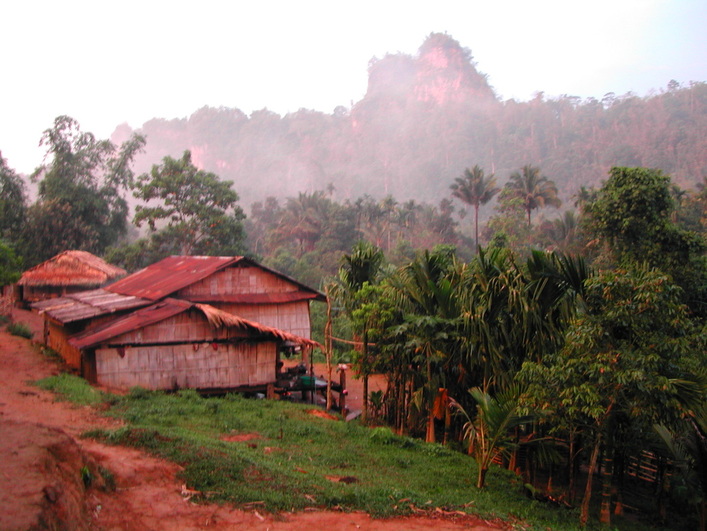 Ti Lai Pa at sunset
Ti Lai Pa at sunset My Projects
The last month has been a blur of activity, much of it bucketing about in four-wheel drive trucks! One of the most rewarding undertakings was the training of my assistant Tun Ein. He’s a 24 year-old Burmese refugee who already had some electrical and electronic experience. I was able to pay him while teaching him the essentials of solar installation and maintenance. Luckily, we were able to do three installations together and I feel that Tun Ein will be a big help in the future. First we went back to Ti Lai Pa, which I had visited earlier during the dry season. On that occasion, the journey was a very bumpy 4-hour truck ride, mainly criss-crossing a river bed. This time it was an 8-hour slalom over slippery rivers of mud that used to be roads! Between the three trucks in the convoy, we got stuck more than twenty times. However, it was all worth it as the new clinic is a substantial hardwood structure with a metal roof, the installation easy and the meals provided by our very grateful Karen hosts were unforgettable. Next we did two installations for the Mon National Health Committee. The first one was in Halokhanee camp for internally displaced persons, just inside Burma. This time I had permission from the Thai authorities and the camp was only two hours from Sangkhla, along a surprisingly smooth dirt road. This camp differs from others I have visited inside Thailand, in that it is more permanent and feels more like a village than a refugee camp. However, the reality is the same. The inhabitants are stuck there, with no prospect of returning to their villages of origin. Again the hospitality was memorable and the fish paste probably the best I have ever tasted! Lastly, we did a system at the Mon clinic at Japanese Well, again just inside Burma. They already have an over-sized generator there, but it is ancient and it has an insatiable appetite for diesel. One innovation we employed in the two Mon clinics was to use 3Watt LED lights in the In-Patient Department and the bathroom. These use so little energy that we can leave them on all night.
Another small job was to re-install the solar array and rework the battery configuration on a 500W solar system belonging to Children of the Forest, children’s home. The system had largely been donated by Annex Power, a Bangkok solar supplier. Some rather basic mistakes had been made and when I diplomatically pointed these out to Annex, they invited me to come to Bangkok to give a short training to their engineers. It was fun to meet them and get a sense of the commercial solar scene in another country and I look forward to doing business with them in the future.
One promise I had to make good on was to repair some electrical conduit and wiring at Baan Dada’s. This is a children’s home near Huaymalai, run by Richard, a smiling Filipino man, with over fourteen years of service on the border under his belt. It was extremely satisfying to tear out the hideous attempt at conduit we found, and replace it with some fine looking pipe. Tun Ein was instructed in the joys of taking pride in one’s work and installing conduit that one could actually pull some wire into!
NawPawlulu
Due to donor cut-backs, Pawlulu is searching for other sources of income. I helped her complete the application for a grant from the Japanese government to set up a sewing project for her patients and local villagers. I hope she gets it. I got the final accounting from Nandoe for the funds I had supplied back in December. The results are impressive. The chicken coup was completed and stocked with eight chickens. The two fish ponds were completed and stocked with one thousand catfish and tilapia. The shop front was completed and is now the smartest boutique in town! The patients all got sandals, blankets, mosquito nets and pillows. And there is $100 left over for future projects. My relationship with Pawlulu and Nandoe was one of the cherished experiences I take away from this place. I am also taking away a huge stock of hand woven sarongs, bags, cushion covers and scarfs, which I will sell at my fundraising events in early winter.
Whispering Seed
I donated a small solar water pump to the project and paid for most of the construction of a hand dug well to put it on. The rainy season has started and Jim has to worry about getting all his kids and their possessions back into Sangkhla before the flooding river cuts them off. I think the well digging will have wait till next year. Hopefully, by then he will have funding for the large solar system we have been planning.
Next Year
I plan to return in January and continue spreading the solar gospel. In addition to Jim’s system, I hope to work on a large system for the Mercy Team clinic at Japanese Well. Maybe power a safe house for single mothers there also. Solar hot water, solar cooking and solar food drying are also in my sights

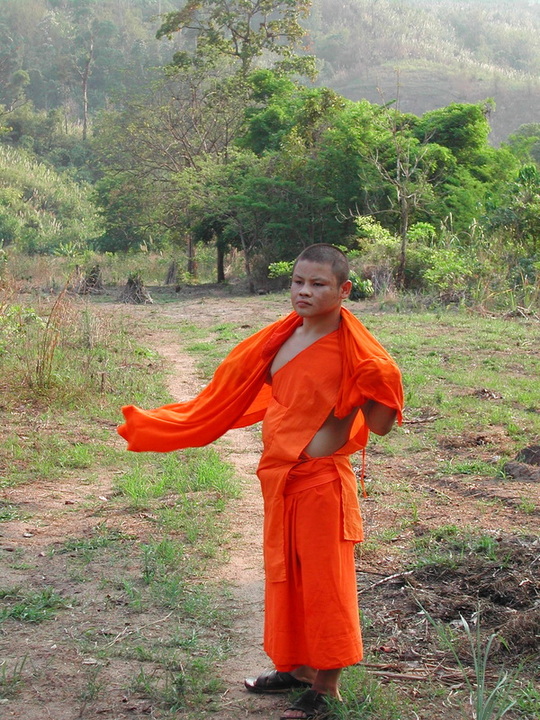
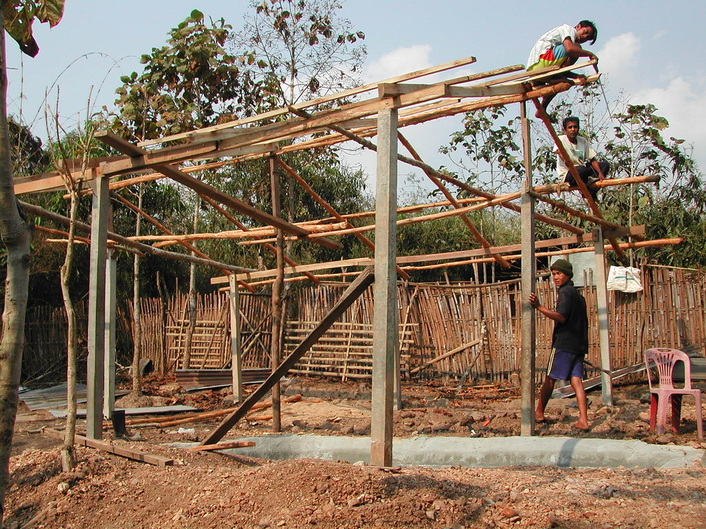
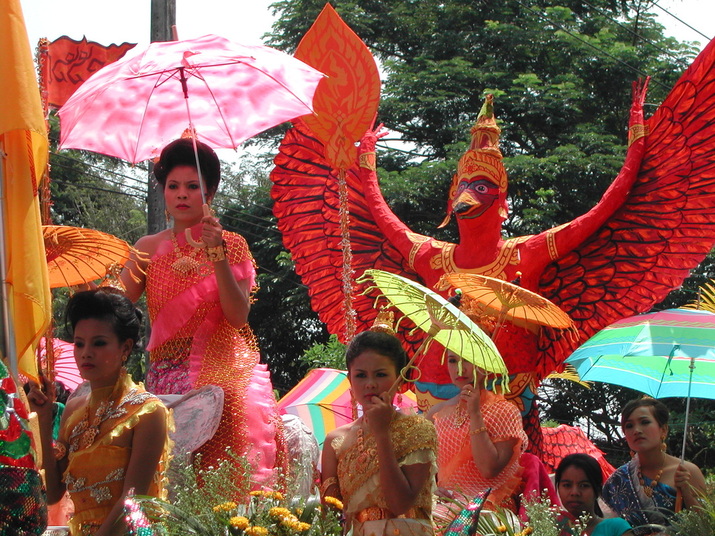
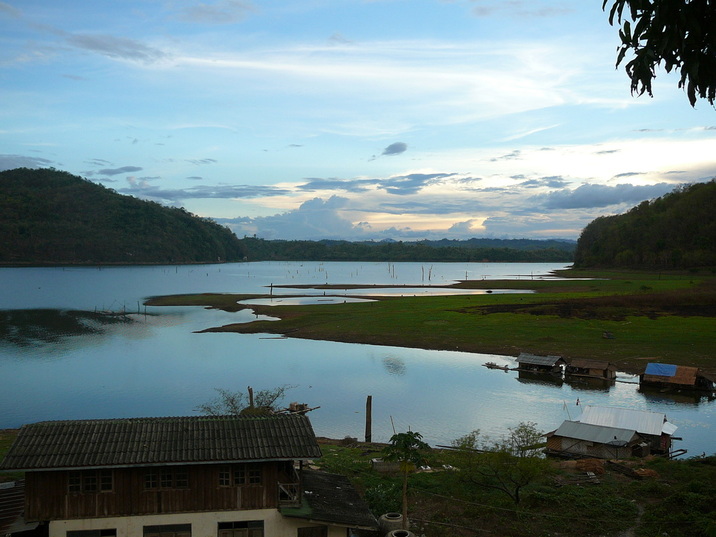
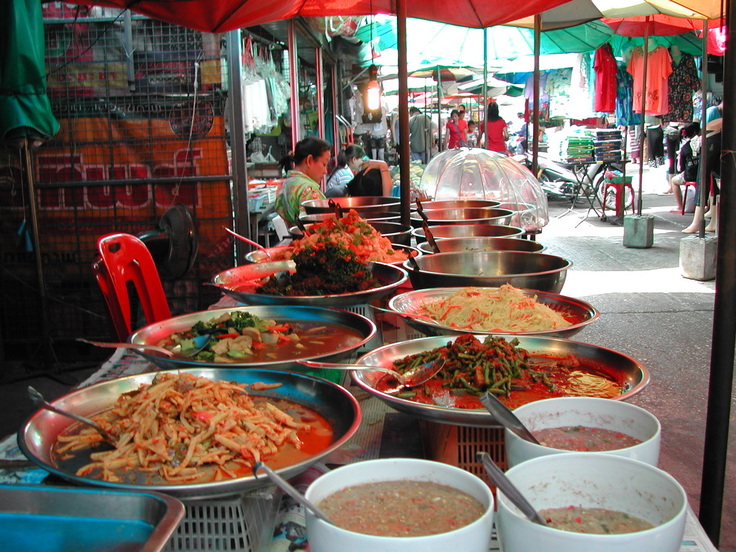
 RSS Feed
RSS Feed